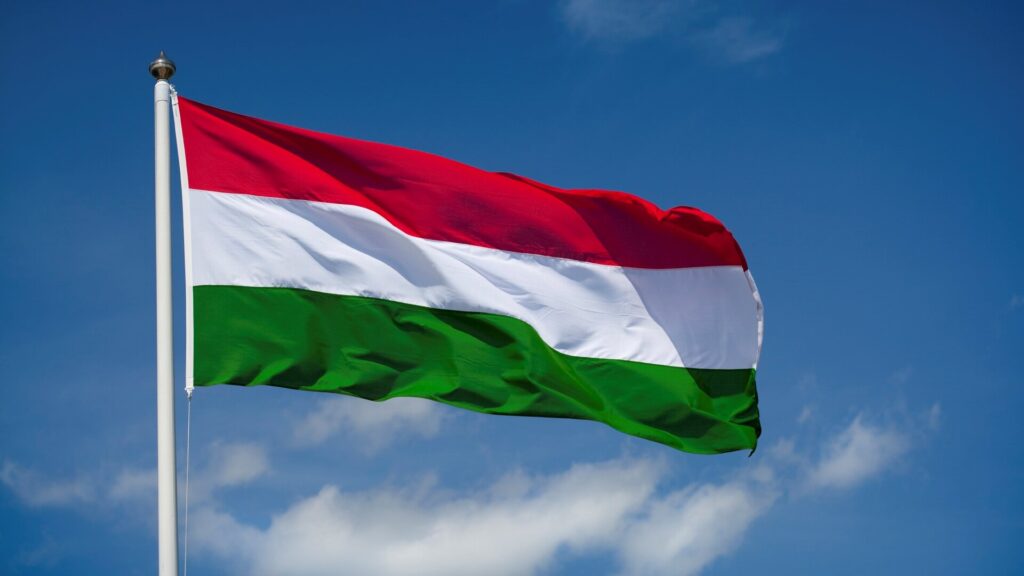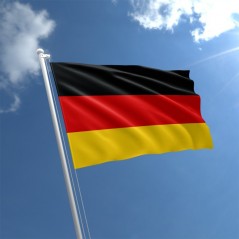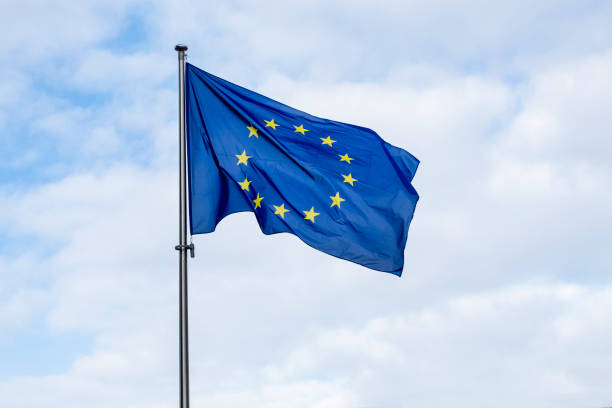Located around the heart of the Carpathian Mountains, Hungary has no access to the sea. The Danube and the Tisza, the country’s two longest rivers, carve Hungary into three distinct regions: The Trans-Tisza region, to the east of the Tisza. The mountains’ of Hungary are more accurately described as hills, with an average elevation of fewer than 1,000 meters. About two-thirds of it is located at or below 200 meters in elevation.

Exactly where is it situated
Located around the Carpathian Basin, it is an entirely landlocked country in Central Europe. Slovakia lies to its north, Ukraine to its northeast, Romania to its east, Serbia to its south, Slovenia to its west, and Austria to its northwest are its neighboring countries. It is landlocked, although it does boast Lake Balaton, the largest lake in all of Central Europe.
It ranks as the world’s 110th largest country, having a total area of over 93,000 square kilometers. Budapest is the nation’s capital and largest city.
Where did the name Hungary come from
An exonym (a name used by people outside of a location) of Medieval Latin origin, Hungaria is thought to mean “land of the Huns”. This name was adopted for Hungary. Attila, a Hun leader, ruled over a large portion of what is now Hungary during the 5th century. Hungarians are descended from the people who conquered the region during the 9th and 10th centuries.
Hungarians typically refer to themselves as Magyars and to their country as Magyarország when speaking within its borders. The name magyeri, for example, refers to seven major semi-nomadic Hungarian tribes.
When was it first established
This question requires an in-depth investigation into Hungary’s lengthy and complicated past. In 895 AD, the Magyars, headed by Prince Arpad, invaded the Carpathian Basin and laid the groundwork for the future Hungarian kingdom. St. Stephen, a descendant of Prince Arpad and the first Christian king of Hungary, established a kingdom there and expanded his territory in the year 1000. In those days, it was a major European power. The Ottoman Turks won the Battle of Mohacs against the Hungarians in the 16th century and eventually took over the country. Later on, the Hapsburgs conquered it from the Turks. In 1867, when it became an equal partner in the Austro-Hungarian Empire, the country achieved independence from the Hapsburgs.
At the conclusion of World War I in 1918, the Austro-Hungarian Empire was dismantled, and the Republic of Hungary was established. Hungarian communists seize power in 1949, putting down mass protests for decades until a multi-party democracy toppled them in 1989.
The Hungarian Republic was established on the 23rd of October, 1989, and the country has been a member of the European Union (EU) since 2004.
Can you tell me what language the Hungarians speak
In that country, nearly everyone speaks Hungarian, the country’s official language. Maygar (the Hungarian language) is often regarded as one of the most difficult languages to master. Consider that there are 44 letters in the alphabet, 14 of which are vowels, and that some symbols considered letters are actually composed of two or three.
The fact that it is linguistically distinct from its neighboring countries because of the Hungarian language is one of the country’s distinguishing features. The language is thought to have originated in the Ularic region of Asia and is classified as a Finno-Ugric tongue. This means that Estonian and Finnish are the closest linguistic relatives of the Hungarian language. Slavic, Caucasian, German, Turkic, and Latin words, however, would have been integrated over time. Armenian, Bulgarian, Croatian, German, Slovenian, Slovak, and Romani are only a few of the minority languages that are officially recognized in the country.
You may also find these articles helpful
Working in Hungary as an expat
Best cities to live in Hungary




